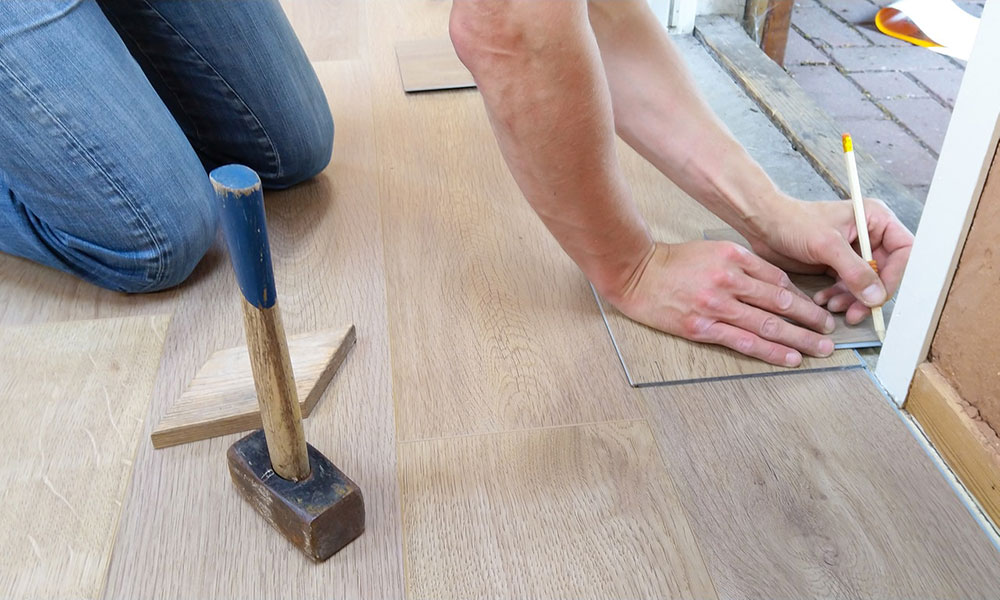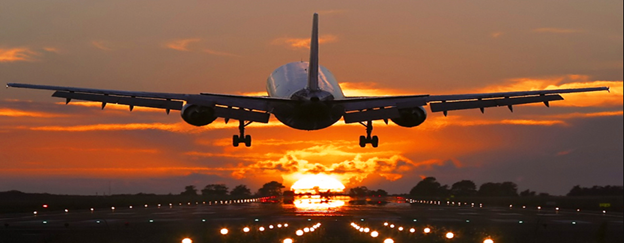Airfield lighting systems are only as reliable as the cables that power them, which makes airfield lighting cable replacement essential. So, it’s worth diving into the long and short of airfield cable replacement to guarantee the continued safety and efficiency of air travel.
Airfield lighting cable systems are the invisible heroes of aviation. The importance of these systems cannot be overstated, as their failure can lead to catastrophic consequences.
Recognizing When Replacement is Needed
Flickering Lights
One of the most apparent signs that airfield lighting cables need replacement is flickering lights. If you observe lights going on and off unpredictably, it’s a clear indicator that something is amiss.
Corrosion and Wear
Cables showing visible signs of corrosion and wear should immediately raise red flags. The integrity of these cables is paramount to safety.
Inconsistent Brightness
Inconsistent light intensity across runways is a telltale sign of cable issues. It can lead to unsafe landing and takeoff conditions.
Consequences of Delaying Necessary Replacements
Delaying the replacement of damaged airfield lighting cables can lead to a cascade of problems. Flight delays, reduced visibility, and, in the worst-case scenario, aviation accidents can occur. Timely replacement is not just a choice; it’s a necessity for safe and efficient operations.
Dos of Airfield Lighting Cable Replacement
Planning Ahead
Meticulous planning is the cornerstone of successful cable replacement. This process involves evaluating the scope of work, calculating costs, and creating a detailed schedule. Proper planning ensures a seamless transition without disrupting airport operations.
A well-thought-out schedule prevents last-minute rush jobs and minimizes downtime. Coordination with airport management and relevant authorities is key to ensuring a smooth replacement process.
Safety First
Safety should always be the top priority during cable replacement. Adhering to safety guidelines and regulations not only safeguards workers but also prevents potential aviation mishaps.
Proper protective equipment is non-negotiable. Helmets, high-visibility clothing, and insulated gloves are essential to minimize electrical hazards.
Choosing Quality Materials
The durability of airfield lighting systems depends heavily on the quality of the cables used. Investing in high-quality, weather-resistant cables is an absolute necessity.
When selecting cables, consider factors such as material composition, insulation quality, and environmental resilience. Using high-quality materials ensures longevity and consistent performance.
Working with Experienced Professionals
Airfield lighting cable replacement is a complex task that requires expertise. Engaging experienced professionals ensures the job is done correctly the first time, minimizing the chances of errors and downtime.
Vetting potential service providers is crucial. Assess their experience, safety record, and adherence to industry standards. An experienced team guarantees a smooth and efficient replacement process.
Proper Disposal of Old Cables
Environmental responsibility is essential. Proper disposal of old cables is not just a matter of compliance; it’s about minimizing the project’s carbon footprint and protecting the environment for future generations.
Don’ts of Airfield Lighting Cable Replacement
Ignoring Warning Signs
Flickering lights and visible wear should never be ignored. Neglecting these signs can lead to catastrophic system failures, jeopardizing aviation safety.
Neglecting Safety Protocols
Safety protocols are not just guidelines; they are essential safeguards. Ignoring them can lead to electrical accidents and compromised safety, putting lives at risk.
Compromising on Material Quality
Sacrificing cable quality for cost savings is a dangerous game. Subpar materials lead to frequent replacements, increased expenses, and decreased reliability.
Attempting DIY Replacements
Airfield lighting cable replacement is a job for experts with the necessary knowledge and experience. Attempting it without the right expertise is a recipe for disaster.
Improper Disposal of Old Cables
Haphazardly disposing of old cables harms the environment. Following eco-friendly disposal practices is not just a choice; it’s our responsibility to protect the planet.
Conclusion
Effective airfield lighting cable replacement is sometimes pivotal for the safety and efficiency of airfield operations and air traffic management. With these pointers, airports can ensure the uninterrupted functioning of their lighting systems.













